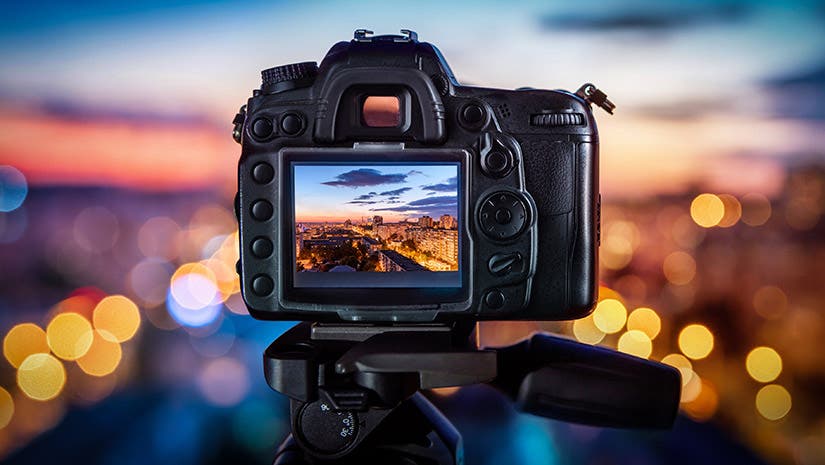Baeugi News Hub
Your source for the latest news and insightful articles.
Shoot Like a Pro, Even if You're Just Faking It
Unlock pro-level photography skills with our tips! Learn how to shoot stunning photos, even if you’re just faking it.
Top 5 Camera Settings to Make Your Photos Look Professionally Shot
When it comes to elevating your photography game, mastering the right camera settings is crucial. The top 5 camera settings that can make your photos look professionally shot include ISO, shutter speed, aperture, white balance, and focus mode. By adjusting these settings thoughtfully, you can achieve stunning results that capture the essence and beauty of your subjects. For an in-depth understanding of how each setting impacts your photography, check out resources like Digital Photography School.
1. ISO: This setting affects the sensitivity of your camera's sensor to light. A lower ISO (e.g., 100-400) is ideal for bright conditions, while a higher ISO (e.g., 800-3200) is great for low-light situations.
2. Shutter Speed: This controls the duration your camera sensor is exposed to light. A faster shutter speed is essential for freezing motion, while a slower one can create motion blur effects.
3. Aperture: Measured in f-stops, it determines the depth of field in your images. A wide aperture (e.g., f/1.8) gives a beautiful bokeh effect, while a narrow aperture (e.g., f/16) keeps more of the image in focus.
4. White Balance: Adjusting this helps ensure the colors in your photos are true to life. Experiment with different settings to find what works best for your lighting situation.
5. Focus Mode: Depending on your subject, choose between single or continuous autofocus to achieve sharp results. For more detailed tips on these settings, check out Tuts+.

The Ultimate Guide to Faking Great Lighting for Your Photography
Lighting is one of the most critical aspects of photography that can make or break your shots. In The Ultimate Guide to Faking Great Lighting for Your Photography, we will explore various techniques to create the illusion of perfect lighting, no matter the conditions. Start by using reflectors to bounce light onto your subject. You can easily create your own reflectors using materials like white poster board or a shiny car sunshade. Additionally, manipulating available light sources—such as lamps or street lights—can significantly enhance your images. Experiment with these methods to see how they impact your photos.
Another great trick for faking stunning lighting is to use editing software. Post-processing tools like Adobe Lightroom and Photoshop offer features to adjust brightness, contrast, and color grading, allowing you to enhance photos taken in less-than-ideal lighting conditions. Consider adding a light vignette or using gradient filters to simulate professional lighting setups. By applying these enhancements, your images can achieve that polished look, making them stand out in your portfolio or social media feed.
Can You Really Shoot Like a Pro Without Formal Training?
In the world of photography, many aspiring photographers wonder, can you really shoot like a pro without formal training? The answer is a resounding yes! While formal education can provide structure and theory, the foundational skills of photography can be learned through self-study and practice. Numerous online resources offer a wealth of knowledge, including platforms like Udemy and Coursera, where you can take courses taught by seasoned professionals. Additionally, engaging with community forums or photography groups can provide valuable feedback and insight.
Moreover, mastering the art of photography goes beyond just understanding your camera settings. It involves developing a unique artistic vision and learning to separate yourself from the masses. Experimentation is key; try different techniques, styles, and subjects. Take inspiration from successful photographers who have documented their journeys on blogs and YouTube channels. As you deliver quality content and refine your skills, you’ll find that with perseverance and creativity, you can indeed shoot like a pro without the need for formal training.